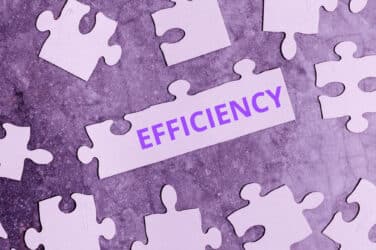
Tradeweb recently announced an expansion of its direct streams capabilities for on-the-run U.S. Treasuries.
Markets Media caught up with Chris Amen, Managing Director and Head of OTR Treasury Trading at Tradeweb, to learn more.
What’s the value-add of direct streams in U.S. Treasury trading?
Direct streams as a protocol sits between central limit order book (CLOB) and request for quote (RFQ). It’s a continuous two-way market that a liquidity provider streams on a dealer basis to a liquidity consumer, or market participant. The benefit of the direct stream is, simply, the ability or the opportunity to trade immediately at an improved price, within a larger size bucket, while minimizing pre- and post-trade information leakage.
With RFQ, you have to disclose if you’re a buyer or seller of a security, and the size you’re looking to trade. With a CLOB, when you buy 10-year notes, everybody in that market knows 10-year notes just traded. In both instances you leave something of a footprint, and feasibly the market can move against you.
With streams, you’re actually consuming two-way prices that are firm. The benefit to the provider of that transaction is the bilateral execution, so they get to trade with a counterparty 1-on-1. The benefits to both is that the information is kept just between the two executing counterparties. You’re not sharing information with a market maker or displaying information to the market.
It’s an efficient way to foster trusted trading relationships through a single platform.
Which type(s) of market participants are best-suited to trade via direct streams?
Early adopters of this technology have been dealers, professional market-making firms, regional dealers — clients who regularly access the Treasury market. The beauty of direct streams is that it’s not a one-size-fits-all application, rather we can apply the technology to solve the needs of a particular customer segment. It’s an additional liquidity tool and functionality that increases clients’ efficiency and enhances their trading experience.
Direct streams had close to 10% average daily notional Treasury trading volume in the second quarter. What’s the outlook for that number?
It’s hard to estimate a ceiling. We’re still trying to understand what the total user base will be, because not every Treasury trade is reported publicly, and there are so many potential use cases. Right now, the majority of the community is not trading regularly in a direct streams format, but they are advancing to their trading complexes to integrate direct streams. It stands to reason that the direct streams number will continue to grow and become a very material part of the Treasury market.
Direct streams is taking order flow from RFQ and CLOB trading protocols, is it also ‘growing the pie’ and attracting new liquidity?
We are seeing it taking share from the incumbent central limit order books and you can see that in the reported numbers. But in terms of growing the overall pie, I think what direct streams is doing is attracting people back to the Treasury market, who may have been trading and hedging in futures because they didn’t like the previous Treasury’s market structure. Direct streams allows them to come back in a very explicit and specific manner and get access to high-quality liquidity.
As the protocol advances, we think the velocity of trading will increase and become more attractive across the community.
What’s next for direct streams?
Ultimately I think we’ll see growth vertically as more institutions adopt the protocol, and also horizontally into other asset classes. This is a protocol that has already proven its worth in the global foreign exchange market, and we can see it’s utility to many of our customers in asset classes beyond on-the-run Treasuries.







